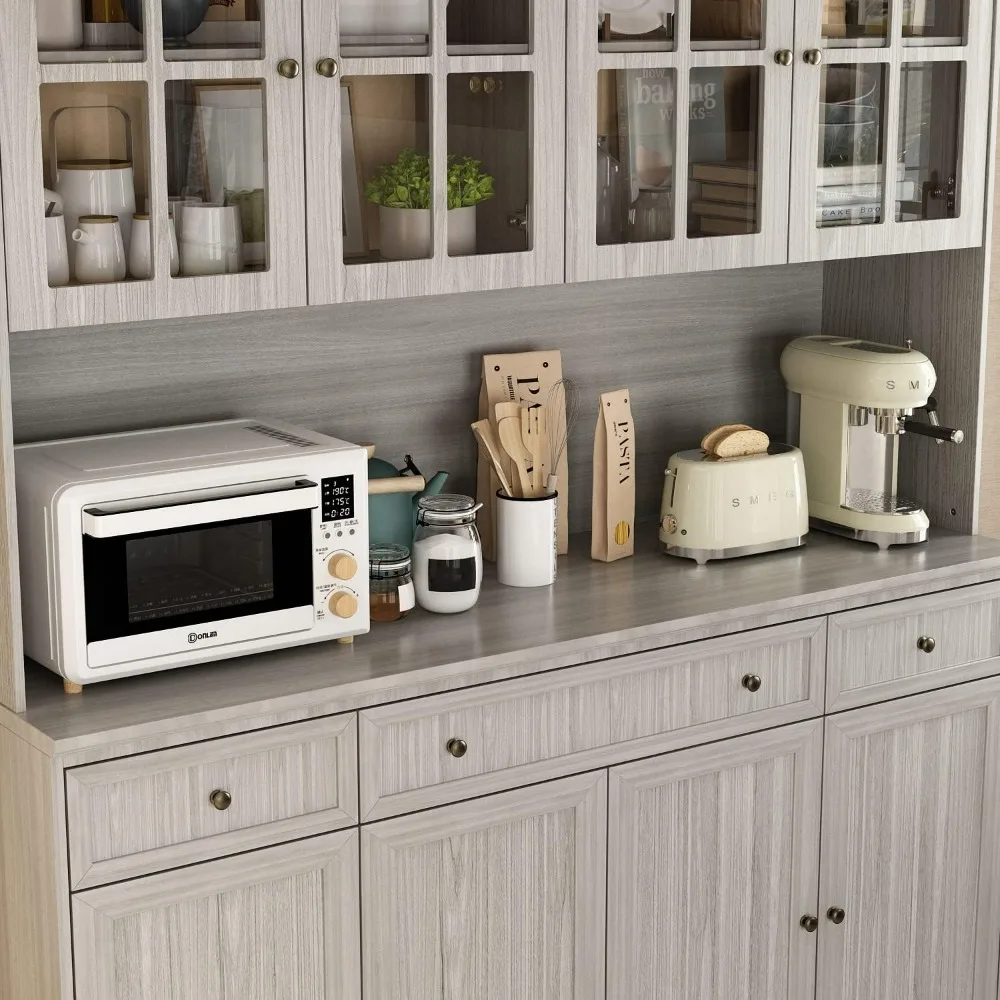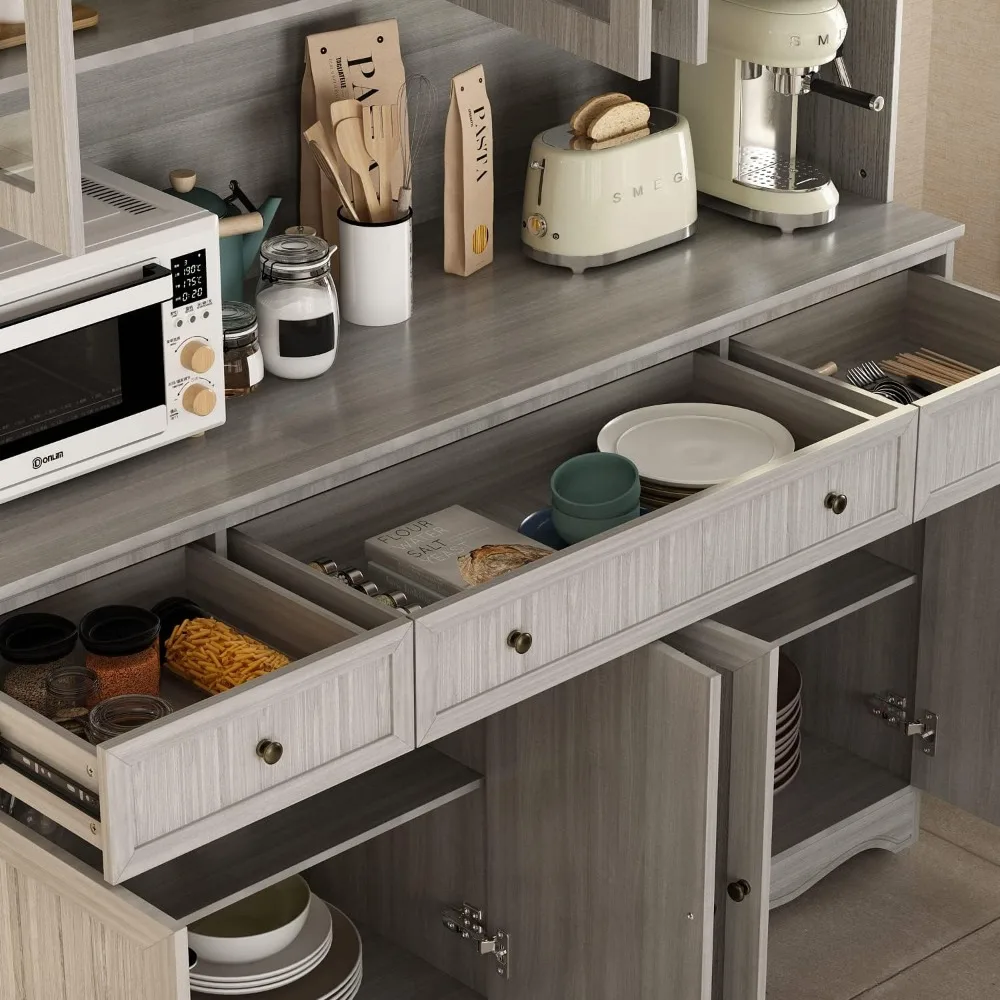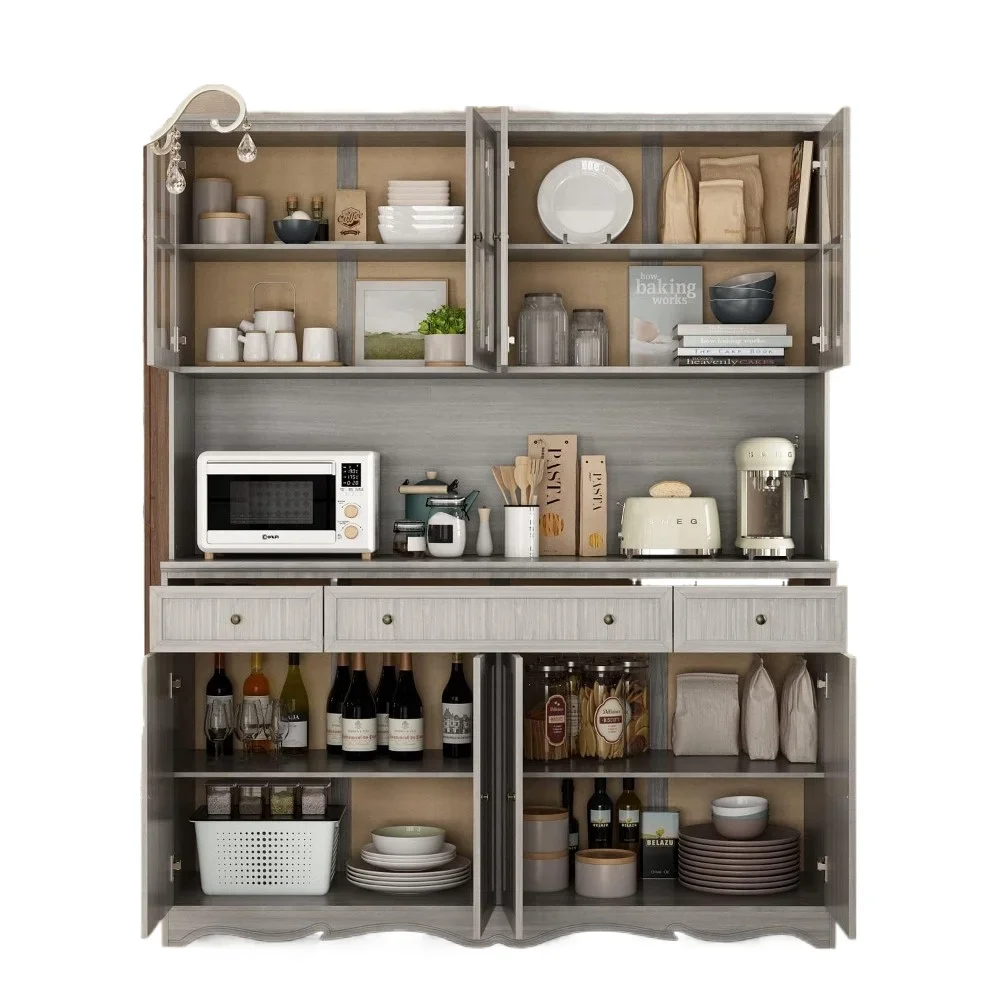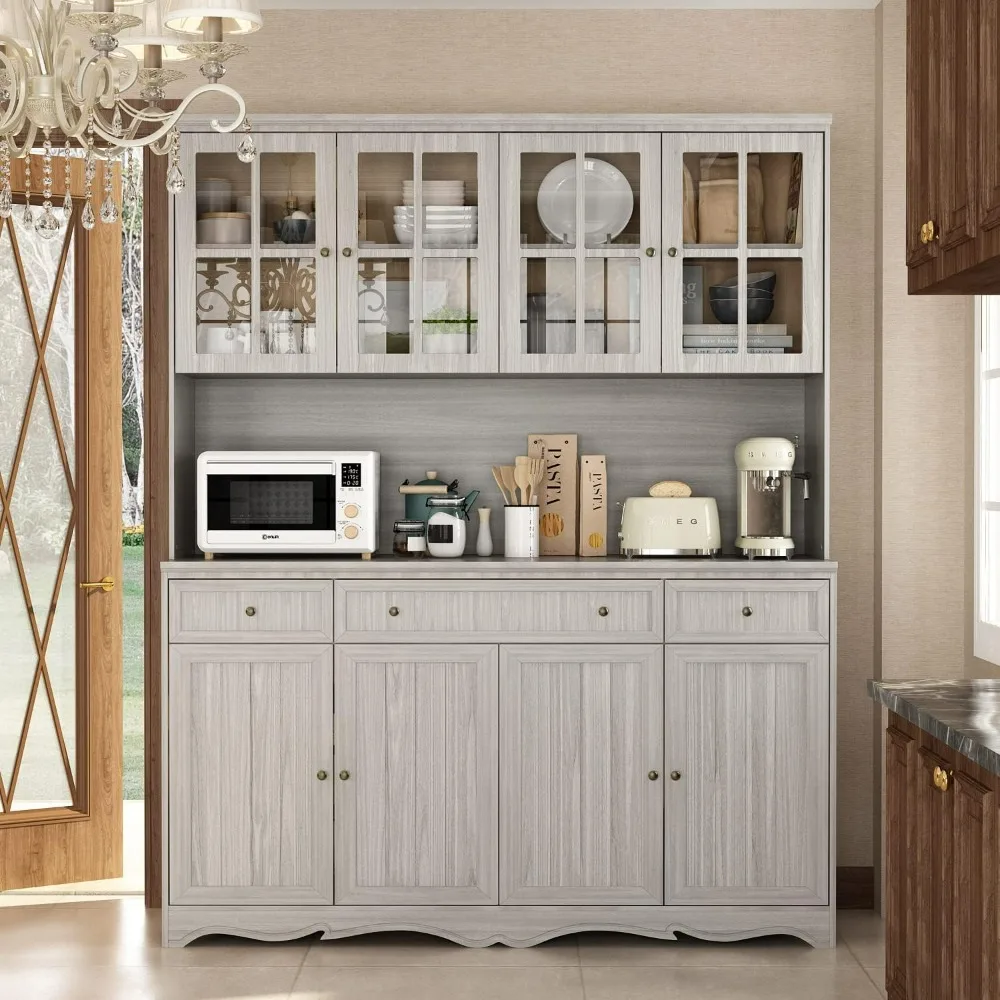Understanding Material Expenses
When planning to repaint kitchen cabinets, materials form a big part of the cost. So how much does it cost to repaint kitchen cabinets?

Paint, Primer, and Application Tools
Choosing the right paint, primer, and tools is important for a successful repaint job.
You’ll need high-quality paint, a sturdy primer, and reliable tools like brushes or rollers.
The better the materials, the longer your cabinets will look good.
Quality Differences and Price Variations
Good quality materials can cost more, but they give value for money in longevity and look.
Different brands of paints and primers come at various prices.
Invest in quality to avoid future costs of redoing the job.
Labour Costs Analysis
When considering the repainting of kitchen cabinets, labour is a key element of the total expense. Not only does it include the actual painting, but also the preliminary work involved. Understanding these costs will help you better budget your project.

Per Hour or Project-Based Charging
Professionals may charge in different ways. Some bill per hour, often ranging from $20 to $100. Others quote a fixed rate for the entire project. This can depend on factors like location and the paint job’s complexity.
Additional Costs for Preparation and Clean-up
Don’t forget extra tasks that professionals handle such as preparing the surface and cleaning up post job. These activities are time-consuming and hence, contribute to the overall labour cost. Preparing might involve sanding, priming, and taping off areas. Clean-up involves removing all these materials and ensuring your space remains tidy. Incorporate these potential charges when planning your budget, as they ensure a seamless painting process.
Types of Paint and Finishes
Choosing the right type of paint and finish is crucial for kitchen cabinets. It affects not only the look but also the durability of your cabinets in a high-use area like the kitchen. Two popular choices are satin and semi-gloss finishes. Let’s explore the benefits of each and why they might be the right choice for your kitchen makeover.
Benefits of Satin and Semi-Gloss
Satin and semi-gloss finishes offer several advantages for kitchen cabinets. Firstly, both finishes are easy to clean, an essential feature for kitchen surfaces. They also have a pleasing sheen that helps hide minor surface imperfections. These finishes stand up well to the humid, variable temperature conditions typical in kitchens.
A satin finish gives a velvety look that is less reflective than semi-gloss. It’s great for a subtle, sophisticated appearance. Semi-gloss, on the other hand, has a higher shine, which can brighten up a kitchen nicely. Both options provide good durability, but your choice will depend on the balance between sheen and subtlety that you prefer.
Gloss vs. Semi-Gloss: Making the Right Choice
When deciding between gloss and semi-gloss, consider the traffic in your kitchen and maintenance preferences. High gloss paints reflect more light and can make a space feel larger and brighter. However, they also show imperfections and require more careful application.
Semi-gloss is often the middle ground. It’s easier to apply than high gloss and still easy to clean. It’s a practical option for most kitchens. If you want the utmost in durability and shine, and don’t mind extra work, gloss may be the way to go. For a finish that balances ease of cleaning with a stylish, less-intense shine, semi-gloss is typically the best pick.
In choosing between these finishes, always consider how much light your kitchen receives and how often you’ll be cleaning the surfaces. Your lifestyle and kitchen’s design will guide you in making the right choice for your home.
Cost Influencing Factors
When planning a kitchen cabinet repainting project, the cost can be impacted by several factors. Understanding these can help you set a realistic budget for your renovation.
Cabinet Design Complexity
Complex cabinet designs drive up costs. Detailed woodwork requires extra time and care, increasing expenses.
Cabinet Condition and Additional Repairs
The state of your cabinets matters. Damaged or worn cabinets need repairs before painting, adding to the cost.
The Impact of Colour Selection on Cost
Your color choice affects the price. Dark to light color changes may need more paint layers.
Kitchen Layout and Painting Obstacles
Tight layouts with hard-to-reach areas can hike up labour costs. Plan for these extra challenges.
Methods of Paint Application
When considering repainting kitchen cabinets, the method of paint application can significantly affect both the final look and the cost.

Comparing Spray Painting versus Roller Painting
Spray painting can offer a smoother, more professional finish but usually costs more. It requires specialized equipment and, often, the skills of a professional to execute well. This method is faster and can coat complex surfaces more evenly. However, overspray and ventilation are important considerations.
Roller painting is more budget-friendly and can be a good DIY option. A roller can’t achieve the same fine finish as a sprayer, but with the right technique, it can still look quite good. Roller painting requires simpler tools and less prep time for the workspace.
When making your choice, weigh the pros and cons. Consider the finish quality you desire and how much you are willing to spend.
When to Consider DIY Painting
DIY painting can save on labor costs, which is appealing if you’re on a tight budget. You might spend between $200 to $600 for supplies, depending on your kitchen size. If you have the time, patience, and some skill, DIY can be a rewarding project.
However, achieving a professional look takes practice. If you’ve never tackled a project like this, you might find it more challenging than anticipated. The cost saved on labor might be spent on extra materials due to mistakes.
Consider DIY painting if you have a simple project, like a small kitchen with basic cabinets. For larger kitchens or more detailed cabinetry, a professional might give you better value for your money.
Estimating the Overall Cost
The total cost to repaint kitchen cabinets can vary widely. This section breaks down some average costs and explains how regional differences can affect pricing.
Understanding Regional Price Variances
Costs for repainting cabinets differ from city to city. Factors like local labor rates, material costs, and standard of living influence this. For example, metropolitan areas usually have higher rates than rural locations. Always get local estimates to understand costs in your region.
Small, Medium, and Large Kitchen Breakdown
Smaller kitchens with fewer cabinets cost less to repaint. A basic job might range from $1,000 to $2,000. Medium kitchens increase the price to $2,500 to $4,000. For large kitchens, expect costs from $4,500 upwards. These ranges include labor, materials, and necessary preparations. Keep in mind, the actual fee can be higher or lower depending on specific project details. Factors such as cabinet condition, design complexity, and chosen paint quality also impact the final price.
Additional Enhancements
When repainting your kitchen cabinets, you might consider other enhancements.
The Value of Hardware Upgrades
Upgrading hardware can refresh your kitchen’s look.
New knobs and handles add style and function to your cabinets.
High-quality hardware also increases durability and can improve overall kitchen value.
Budget options are available, but invest in quality for long-term benefits.
Cost Comparison: Painting vs. New Cabinet Doors
How much does it cost to repaint kitchen cabinets? Repainting cabinets is usually cheaper than buying new ones.
Painting costs range from $1,000 to over $4,500, depending on kitchen size.
New doors cost more but can offer a completely new look.
Weigh the costs and benefits of painting versus replacing before deciding.
